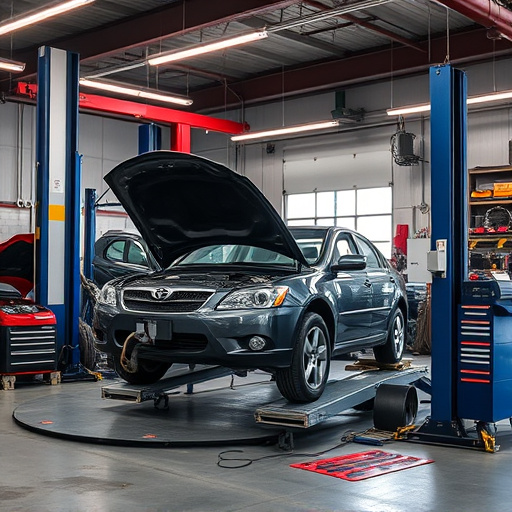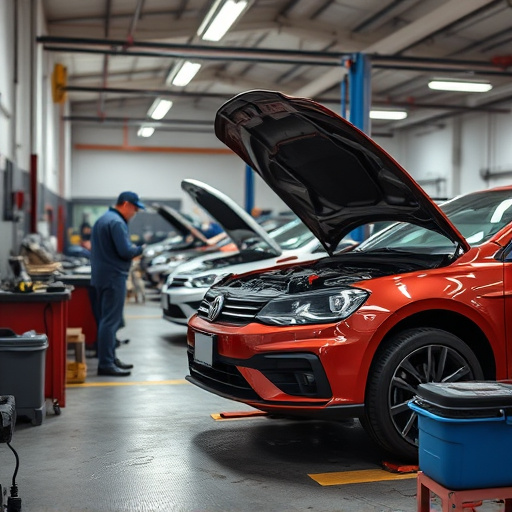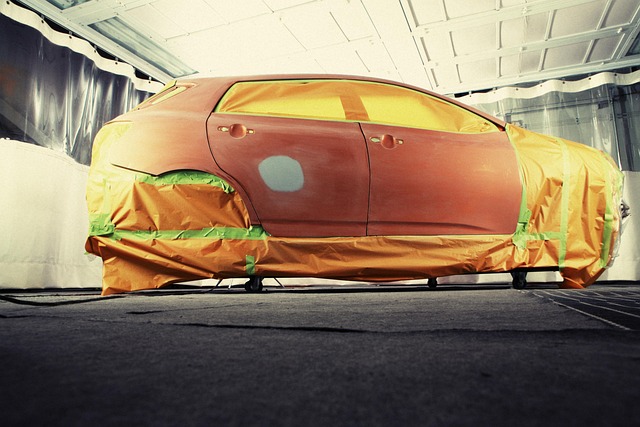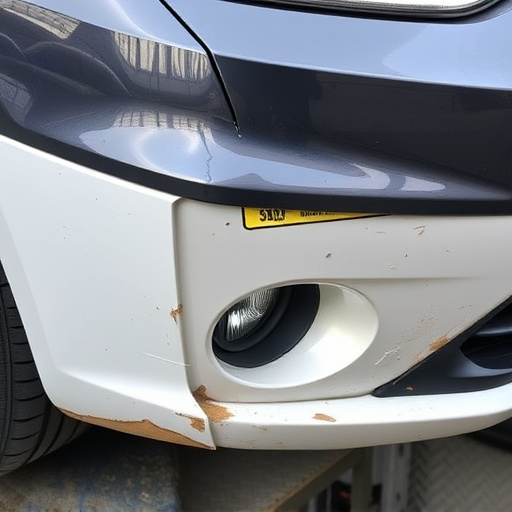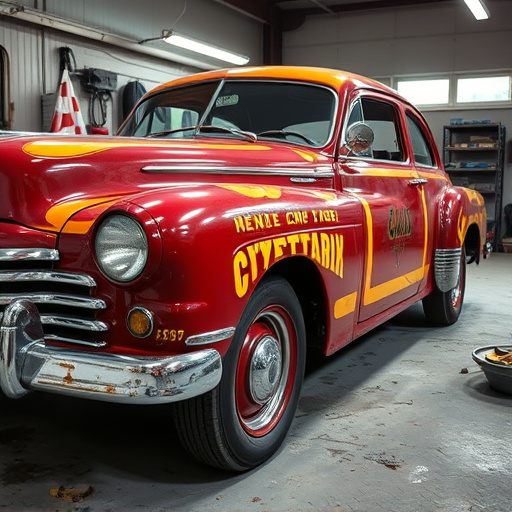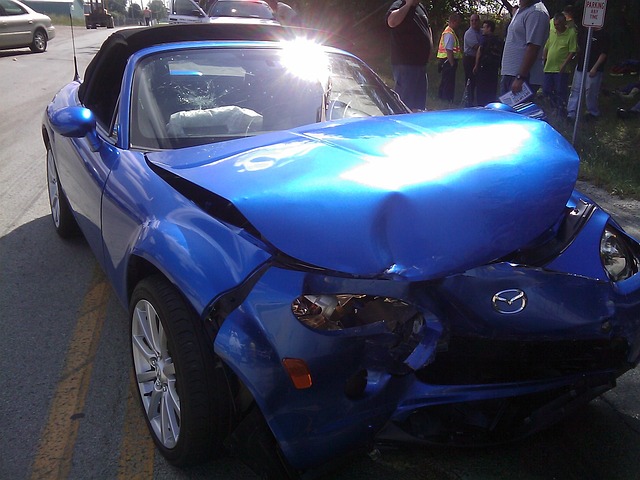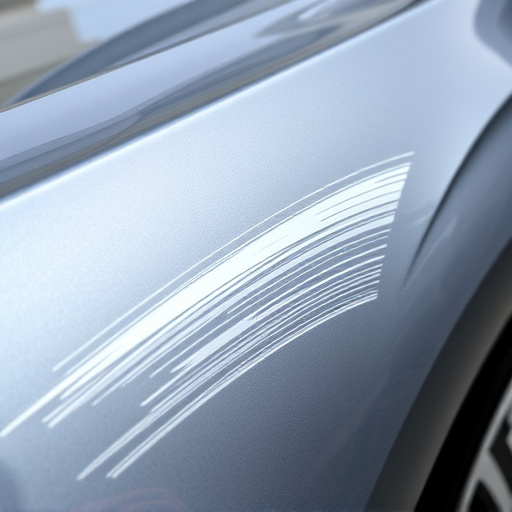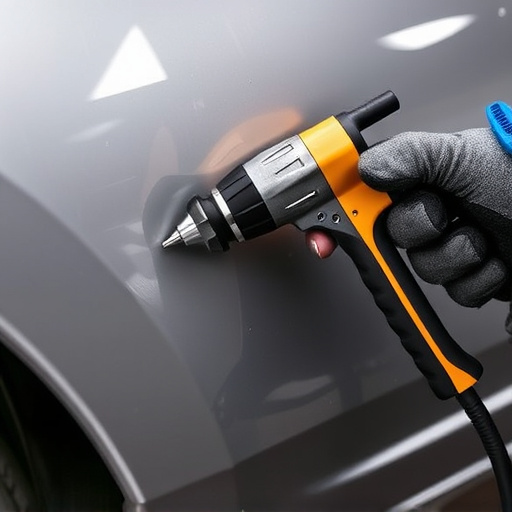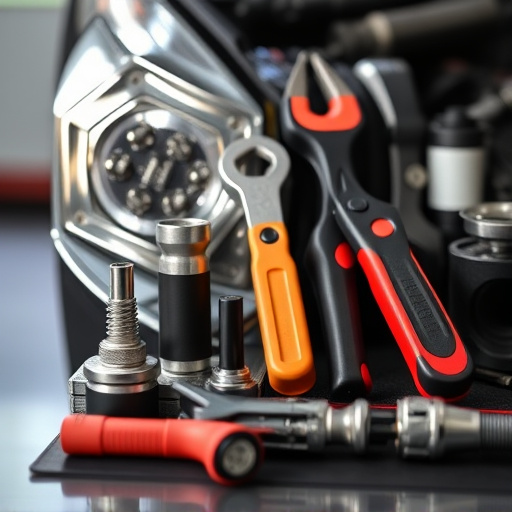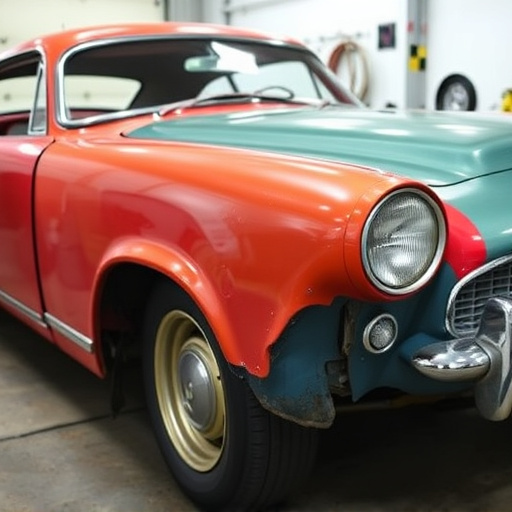Tesla factory finish restoration is a specialized process that recreates the brand's quality and aesthetics. It addresses environmental damage like rust, faded paint, and water intrusion, enhancing structural integrity and vehicle value. The meticulous process involves assessment, body work, painting, and final inspections, resulting in a perfect, factory-like finish while prioritizing safety and detail.
“Tesla owners often face a dilemma when their electric vehicles sustain environmental damage, such as rust or paint imperfections. This article delves into the fascinating world of Tesla factory finish restoration, offering a comprehensive guide for both enthusiasts and professionals. We explore the intricate process, uncover common environmental culprits, and provide a detailed step-by-step restoration tutorial. By understanding Tesla factory finish restoration techniques, you’ll gain the knowledge to revitalize your Tesla, ensuring it retains its original beauty and value.”
- Understanding Tesla Factory Finish Restoration Process
- Environmental Damage: Common Causes and Impact
- Restoring Damaged Teslas: Step-by-Step Guide
Understanding Tesla Factory Finish Restoration Process

The Tesla Factory Finish Restoration process is a meticulous art that involves expertly repairing and revitalizing damaged vehicles to their original factory-like condition. This specialized service goes beyond conventional car repair; it’s about recreating the precise aesthetics and quality that Tesla is renowned for. Skilled technicians employ advanced techniques and genuine Tesla parts, ensuring every detail aligns perfectly with the manufacturer’s standards.
This restoration isn’t merely about fixing external scratches or dents; it encompasses a comprehensive inspection of the car’s bodywork, including panels, frames, and finishes. Car repair services at this level require an in-depth understanding of automotive craftsmanship, as technicians must address various issues such as paint damage, panel misalignment, and structural integrity. The goal is to not only restore the vehicle but also enhance its overall value through meticulous autobody repairs.
Environmental Damage: Common Causes and Impact

Environmental damage to vehicles, especially electric cars like Tesla models, can stem from various sources, many of which are becoming increasingly prevalent in today’s world. Common causes include exposure to extreme weather conditions, such as heavy rainfall or UV radiation from prolonged sunlight, leading to water intrusion and sun-induced degradation of materials. These factors can cause visible damage like rust spots, faded paint, and cracked auto glass repair, as well as internal issues with electrical systems and components.
The impact of such environmental damage extends beyond aesthetics. It can compromise the structural integrity of a vehicle, affecting its safety and performance. For instance, water penetration in collision repair areas might go unnoticed initially but can lead to corrosion and compromise the car’s overall strength. Thus, prompt and professional Tesla factory finish restoration is crucial for not only restoring the vehicle’s original condition but also ensuring longevity and optimal performance. This includes specialized services like collision repair and auto glass repair to address all forms of environmental damage.
Restoring Damaged Teslas: Step-by-Step Guide

Restoring a Tesla to its factory finish condition involves a meticulous process that requires skill and precision. Here’s a step-by-step guide for achieving this environmental damage restoration, focusing on both aesthetics and structural integrity:
1. Assess the Damage: Begin by thoroughly inspecting the Tesla for any signs of environmental harm, such as rust, paint degradation, or physical dents. Documenting the condition is crucial for tracking progress during the restoration process.
2. Preparation & Safety: Ensure your workspace is clean and well-ventilated. Put on protective gear, including gloves, goggles, and a respirator mask, to shield yourself from chemical fumes and debris. Prepare the Tesla by washing it thoroughly to remove any surface dirt or contaminants that could affect the restoration.
3. Automotive Body Work: Address structural damage first using techniques like patching, filling, and priming to restore the car’s frame and body panels to their original integrity. This step is vital for a solid foundation moving forward in the restoration process.
4. Sand & Clean: Carefully sand the Tesla’s exterior, focusing on damaged areas, to ensure a smooth surface. Use fine-grit sandpaper and follow with a thorough cleaning to remove any dust or residue, preparing the car for painting.
5. Tesla Factory Finish Application: Using high-quality Tesla factory-matched paint, apply multiple thin coats, allowing each layer to dry completely. This meticulous process mimics the original manufacturing finish, ensuring color accuracy and durability.
6. Final Touches & Inspection: Once the paint has fully cured, inspect the Tesla for any imperfections. Fine-tune details like trim, seals, and window rubber to achieve a perfect, factory-like finish.
Tesla factory finish restoration is a meticulous process designed to reverse environmental damage, ensuring these electric vehicles maintain their original quality and aesthetics. By understanding common causes of such damage and following a structured guide, restorers can expertly revive Teslas, contributing to both vehicle longevity and environmental preservation. This comprehensive approach not only restores beauty but also reduces the need for replacement parts, making it an eco-friendly solution for Tesla owners.
